Military 'can't rule out' sighting was foreign sub
Published: 17 Nov 11 17:07 CET
Extract:
The Swedish Armed Forces said Thursday that it can't rule out the possibility that a submarine from a foreign power was behind suspicious activity detected in the Gothenburg archipelago in September. Ships from Sweden's 3rd Naval Warfare Flotilla, based in Karlskrona, as well as the 4th Naval Warfare Flotilla, and the Amphibious Regiment from Berga outside of Stockholm were deployed to the area following reports of suspicious activity thought to be submarine possibly spying on Sweden.
A few days following the incident, Thörnqvist said he couldn't rule the activity as being caused by a submarine intrusion or “a fish of some kind”.
A few days following the incident, Thörnqvist said he couldn't rule the activity as being caused by a submarine intrusion or “a fish of some kind”.
Read rest here : http://www.thelocal.se/37418/20111117/#
Could it have been a large fish or a cryptid? How many times have we heard about sea or lake monsters looking like submarines, a long neck like a periscope?
Whales in the desert: Fossil bonanza poses mystery
By EVA VERGARA and IAN JAMES Associated Press
SANTIAGO, CHILE (AP) - More than 2 million years ago, scores of whales congregating off the Pacific Coast of South America mysteriously met their end. Maybe they became disoriented and beached themselves. Maybe they were trapped in a lagoon by a landslide or a storm. Maybe they died there over a period of a few millennia. But somehow, they ended up right next to one another, many just meters (yards) apart, entombed as the shallow sea floor was driven upward by geological forces and transformed into the driest place on the planet. Today, they have emerged again atop a desert hill more than a kilometer (half a mile) from the surf, where researchers have begun to unearth one of the world’s best-preserved graveyards of prehistoric whales. Chilean scientists together with researchers from the Smithsonian Institution are studying how these whales, many of the them the size of buses, wound up in the same corner of the Atacama Desert.“That’s the top question,” said Mario Suarez, director of the Paleontological Museum in the nearby town of Caldera, about 700 kilometers (440 miles) north of Santiago, the Chilean capital.

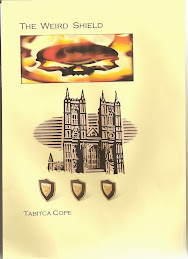
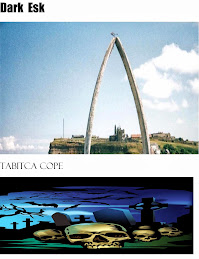
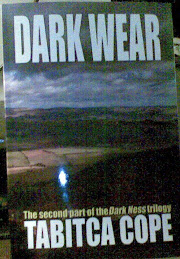


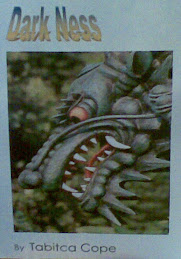
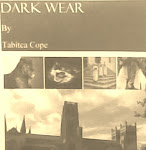












No comments:
Post a Comment